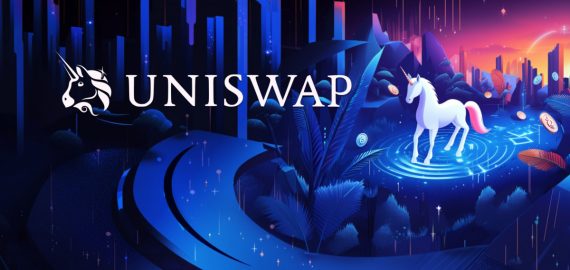Bitlayer’s BitVM Bridge Integrates Monad Testnet, Unlocking Cross-Ecosystem BTC Bridging For Users


In Brief
Bitlayer has integrated its BitVM Bridge with the Monad testnet, marking an early step toward connecting the Bitcoin network with the quickly growing Monad ecosystem.

Layer 2 Bitcoin scaling solution Bitlayer announced the integration of its trust-minimized BTC transfer protocol, the BitVM Bridge, with testnet of a high-performance Layer 1 blockchain, Monad. This move represents an early effort to connect the Bitcoin network with the fast growing Monad ecosystem.
Through this integration, users can experiment with cross-chain BTC transfers in a low-trust environment. In particular, users can bridge vBTC from BitVMNet—the BitVM Bridge’s testnet—to the Monad Testnet, where they can mint YBTC, a token that offers interest-bearing potential within the Monad environment. The bridge also allows YBTC to be sent back from Monad to BitVMNet, creating two-way interoperability between the platforms.
Monad, which launched its testnet on February 19th, has quickly gained traction as a new-generation blockchain network. According to data from Flipside, it has attracted over 9.8 million active users, issued more than 69 million unique wallets, and recorded over 600 million transactions, positioning it as one of the most active blockchain ecosystems to date. As a result of this integration, Monad’s user base will now be able to interact with BitVM Bridge—the first live implementation of the emerging Bitcoin Virtual Machine (BitVM) paradigm.
Getting Started With BitVM Bridge: A Guide To Using The Bridging Function
Users looking to begin using the bridging feature offered by BitVM Bridge are advised to first set up the Xverse Wallet. This involves manually configuring the wallet to include the Signet BTC URL, a necessary step for connecting with the BitVM test network. After configuring the wallet, users must generate a Native SegWit testnet Bitcoin address within Xverse and acquire vBTC—testnet tokens that simulate Bitcoin—on the BitVMNet test environment.
In order to obtain vBTC, users can visit a multi-chain faucet service known as The Faucet, where they can claim testnet tokens. Once received, these tokens will be visible in their Xverse Wallet balance, allowing them to proceed with bridge interactions.
After setting up the wallet and securing the vBTC, users can connect their Xverse Wallet to the BitVM Bridge by visiting the bridge interface on the official website. At this point, users will be prompted to ensure the Signet BTC URL is properly set. They can also connect an OKX Wallet if preferred. The BitVM Bridge currently supports cross-chain transfers to the Ethereum Sepolia and Monad testnets. Users can select the desired target network, enter the amount of vBTC to bridge, input the destination address, and confirm the transaction to mint YBTC on the target chain.
Bitlayer serves as a Bitcoin Layer 2 platform aimed at increasing the blockchain’s capacity, flexibility, and cross-network functionality. It does so without modifying Bitcoin’s core protocol by introducing BitVM, a paradigm that enables Turing-complete smart contracts. This opens the door for developers to build decentralized applications (dApps) and decentralised finance (DeFi) services on top of the Bitcoin infrastructure in a more scalable and programmable manner.
Disclaimer
In line with the Trust Project guidelines, please note that the information provided on this page is not intended to be and should not be interpreted as legal, tax, investment, financial, or any other form of advice. It is important to only invest what you can afford to lose and to seek independent financial advice if you have any doubts. For further information, we suggest referring to the terms and conditions as well as the help and support pages provided by the issuer or advertiser. MetaversePost is committed to accurate, unbiased reporting, but market conditions are subject to change without notice.
About The Author
Alisa, a dedicated journalist at the MPost, specializes in cryptocurrency, zero-knowledge proofs, investments, and the expansive realm of Web3. With a keen eye for emerging trends and technologies, she delivers comprehensive coverage to inform and engage readers in the ever-evolving landscape of digital finance.
More articles

Alisa, a dedicated journalist at the MPost, specializes in cryptocurrency, zero-knowledge proofs, investments, and the expansive realm of Web3. With a keen eye for emerging trends and technologies, she delivers comprehensive coverage to inform and engage readers in the ever-evolving landscape of digital finance.


















































